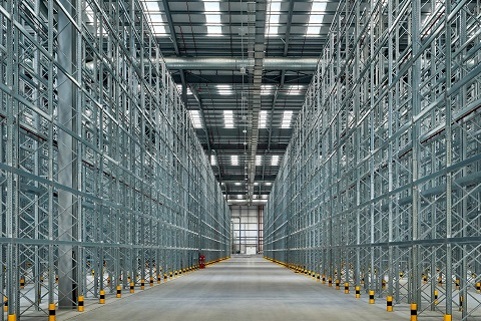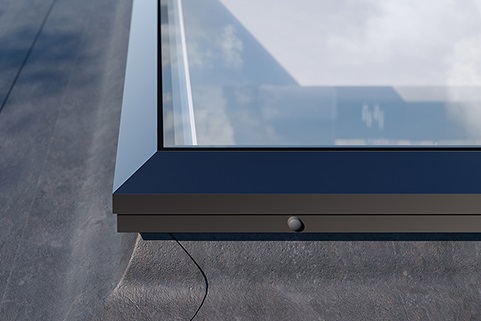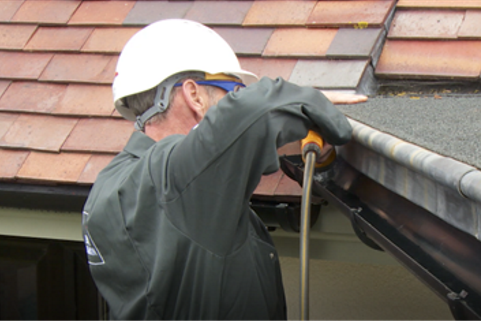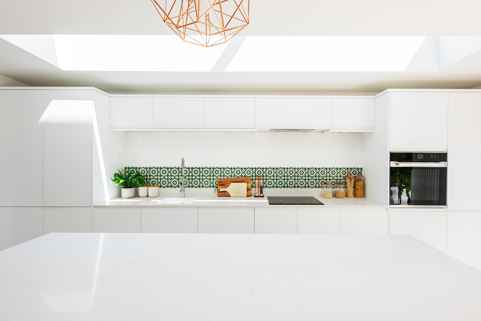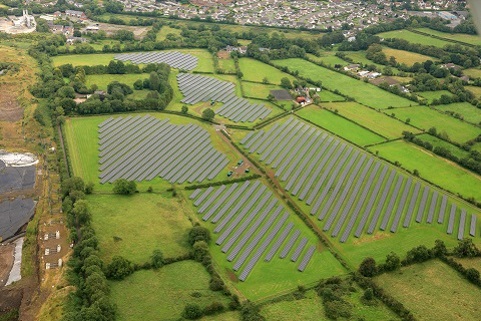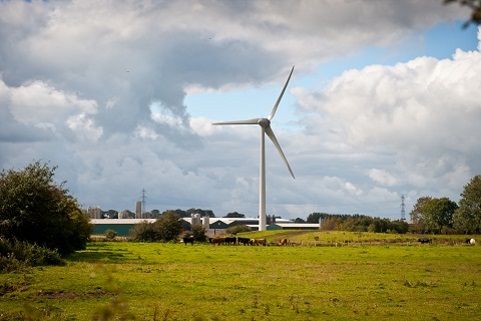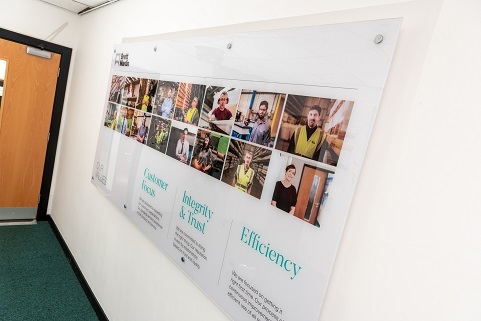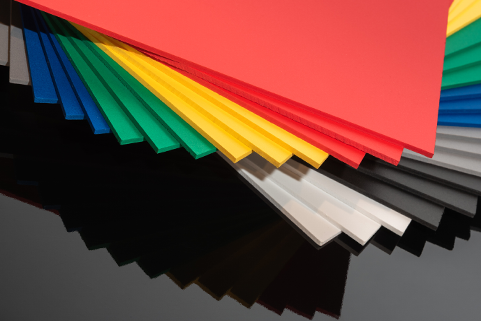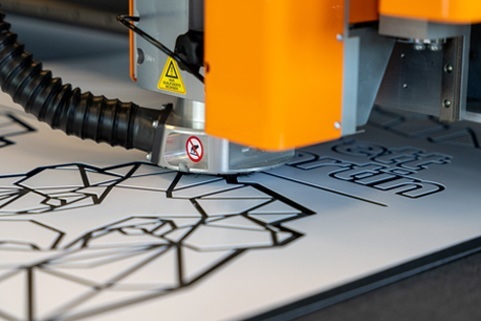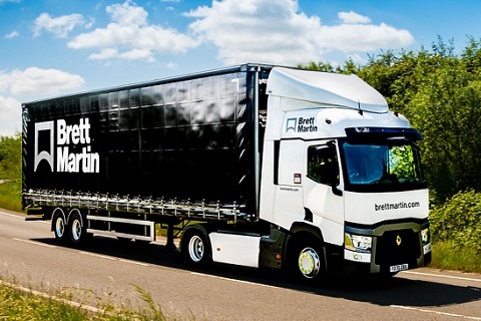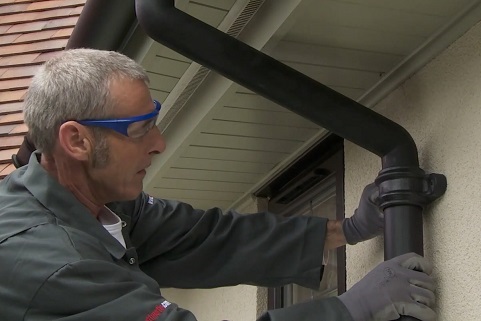Perfectly Balanced
Mass balancing is the plastic industry’s latest innovative approach to delivering the next level of renewable resins. But what is it, exactly? And how is it delivering real change?
Whether it’s the clothes we wear, the food we eat, the energy we use to power our homes, or any number of other buying decisions we make on a daily basis – we’re all increasingly conscious of the importance of choosing sustainably.
Mass balancing, in essence, is a way of making it simpler and more affordable for consumers to do just that – to make those informed, sustainable choices.
Allow me to explain. Imagine you choose to go onto a renewable energy tariff with your electricity provider, perhaps even paying a little more to do so. Good for you. You’ve done the right thing for the planet and have put your money where your mouth is.
But does this now mean that all the power going to your house is from renewable sources?
In a word – no. It’s impossible to measure, with any certainty, the precise proportion of energy from renewable sources powering your home. What your electricity provider can declare with confidence though, is the overall proportion of renewable energy that it is feeding into the grid, and this allows it to designate, and sell, renewable energy tariffs to match.
Setting up a separate power grid for renewables (a segregated approach) would be prohibitively expensive and hugely inefficient. Feeding renewables into the grid and keeping track of the proportion however, allows for a gradual and seamless ramping up of renewable energy.
That, in a nutshell, is ‘mass balancing’.
The same principle holds in all kinds of manufacturing – from food, to chemicals, to plastic – which is where we come in!
Plastic is typically a fossil-fuel derived material, but we’re constantly looking at ways in which to boost the bio-based content of our products. Mass balancing overcomes the practical production barriers to the substitution of fossil resources with bio-based or recycled materials – such as used cooking oil, for example – and accelerates carbon emissions reduction.
Through mass balancing, we introduce measured amounts of bio-based materials early in the resin production process and allocate exactly the same amount to the finished resin. This allocation carries through to our new
Marlon BioPlus sheet, which is identified and sold as a bio-circular attributed product.
We’re able to do this through our partnership with Covestro, one of the world’s leading polymer producers. Their Makrolon® RE replaces 71% of the fossil based raw materials with bio-circular attributed material (through a mass balance approach).
Just as with the example of the renewable energy tariff above, we can’t be sure the exact quantity of bio-based material in specific sheets, but knowing the total proportion in the production mix allows for Marlon BioPlus to be certified as being produced from 71% bio-circular attributed material.
Mass balancing allows us to offer polycarbonate sheets with dramatically reduced impact on the environment, while maintaining consistent levels of product quality – and all this without the need to alter existing production processes – something that would add significant costs to the finished products and make them largely unaffordable.
Furthermore, the use of renewable energy in the production of Marlon BioPlus reduces carbon emissions by 84% during resin production, and the extrusion process to make the sheets themselves uses 100% renewable energy.
For more information on our Marlon BioPlus polycarbonate, click here!
For more information on Brett Martin’s environmental strategy, including mass balancing, visit here!

2ec5345a-508a-47ff-bd67-f8f5efb6f357.tmb-listing.png?Culture=en&sfvrsn=b800d806_1)


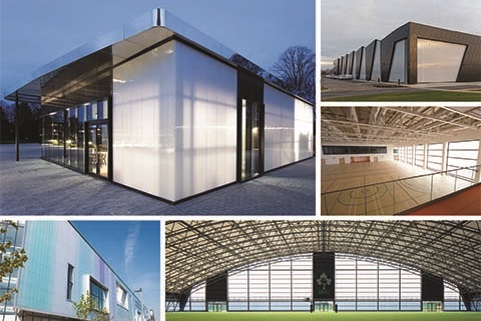

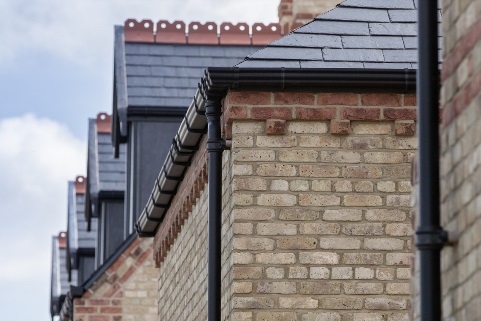
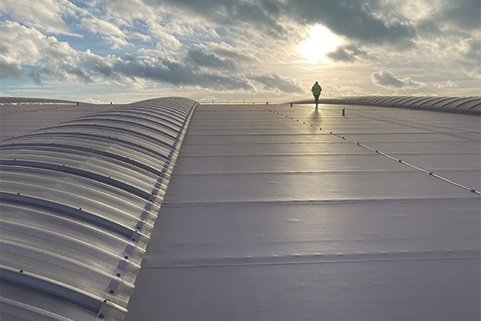
.tmb-listing.jpg?Culture=en&sfvrsn=a65ec15f_1)

